In Conversation with Salima Hashmi
Farida Batool: You have greatly influenced Pakistan’s contemporary art history, and I have always wondered that though your work is generally political, yet you have never appeared to be an extremely critical person.
Salima Hashmi: I think one has to decide for oneself the aim of the critical view. Navigating one’s way through perturbing times often makes one feel like a nihilist. One has to be very clear that this swamp doesn’t swallow you up, nor others. So yes, I do agree that my work has always been very political. I view myself as a highly political being because every thing is interlinked with politics. I have never doubted for a moment that all cultural work is political work. Actually, it’s a smoke screen that protects you. I consider my politics to be about indulging in practices of intrinsic importance to humankind; ensuring its survival in ways better than how I found them. So one must keep building, which is only possible by creating friends, then those friends ensure that the idea doesn’t die.
FB: So investing in friends is a political strategy?
SH: It is. You ensure that the idea blossoms by making people capable of carrying ideas forward. I like Mao Tse-tung's statement that one should outlive one’s enemies, which doesn’t mean one’s physical self, because everyone has a certain life span. Instead, it’s about how your ideas should be strong enough that you leave your enemies behind.
FB: The ‘Personal is Political’ encompasses your curatorship, teachings, and art practice. I wonder if there is anything ‘non-political’ in terms of art?
SH: No! I think if one believes in totality of the term ‘political’, then works of art relating to intense personal experiences, or works that engage with cerebral aesthetics, may pose the question – ‘how is this political?’ But I think the work is still political, however, the notion of political may be misread. Because art is a testimony of one’s time, and is a response and outcome of certain conditions prevalent in that particular time, whether it is something as personal as a romantic relationship, or as intellectual as looking at an element in the visual arts. It speaks for all such relationships whether in the way the stone is carved in an Etruscan tomb, or the way Josef Albers makes a square within a square. Albers existed in his time and things moved because of the politics of his time. I think, having an allergy to the word ‘politics’ is shortsighted, and nor does politics have to be the ‘be all and the end all’ of how one approaches art criticism.
FB: You write in a statement for Making of Meaning that, ‘art is infested with hierarchies of gender, location, class and power’, so do you really want to eliminate these boundaries?
SH: This question has so many layers! It’s a fact that making of anything in a way that it can aspire to the label of ‘art’, is difficult to encompass. Though people who make things, write and sing certain things abound, one tends to follow a particular way of assigning the label of ‘artist’. Further, this labeling becomes more skewed because of the bugbear of consumerism, and the acquisition of art as investment. Yes, I have always wanted to break these barriers. I think that today when there is a rising middle class, when there is an elite, which does have money to spend, we are in danger of falling into the trap of not asking these critical questions. Feminist art history offers a paradigm that makes it possible to question canons and hierarchies of the art world, e.g. why should we buy art and keep it, and why should we not educate twenty-five artists instead? I think it is time to ask such questions.
FB: Making of Meaning was shown at colleges in different cities of Pakistan, whereas Desperately Seeking Paradise was curated for Dubai Art Fair. How do you see your audiences and the selection/quality of art for different locations?
SH: I think if one asks basic questions like “why one wants to share art?” or “why one wants other people to see it?” the answer invariably is, “To make other people’s lives better”. And therefore to me the question of framing audiences as local or global is almost secondary. In my curated exhibitions, I concern myself with the chemistry between the images, various objects and videos, and how these objects create a dialogue with people and a larger narrative.

FB: So for you the question of audience really doesn’t matter whether it is Dubai, New York, or a girls’ college in Peshawar.
SH: It really doesn’t!
FB: Your major contribution is development of art and cultural institutions. What was your inspiration?
SH: Well! Obviously when there is a vacuum and a need, you feel the desire to do something about it. In Pakistan, the cultural vacuum has been very debilitating, because culture was never a priority of the State. The rise of conflict and violence in our society is a direct result of the State’s neglect. Rohtas Gallery was an extension of my teaching, and its role was very consciously designed as educational and non-commercial. People need cultural and community spaces to enrich their sense of being, so Faiz Ghar was initiated as a center of creative activities for the larger public, with Faiz as an axis who belonged to people. I think if the State was seriously interested in its own identity, then promoting culture should have been its priority. The disconnect has left us floundering and grappling with identity issues, and now we see how certain people are simply killing others in order to impose their version of a cockeyed cultural identity on Pakistani society.
FB: Do the artists, then, have any responsibility towards educating people about art?
SH: It is not their civic but human duty and I think there is a difference in that. A sense of humanity comes from your sense of pride in who you are and where you stand. Thus, rather than civic duty, e.g. a cleanliness drive, I consider it far better to engage children in opening their eyes, making images, singing songs, and moving their bodies; if they feel they want to dance, maybe, a luddi, to help them experience a full, enriched life. So yes, one should spend time if one has it, to try to engage with those who don’t have the opportunity. I think it is encouraging to see new energy in emerging artists groups and initiatives that interact creatively with wider communities in several cities including Faisalabad and Multan. This is a revolutionary change in my lifetime.

FB: So you see a lot of potential in interacting creatively with public?
SH: Absolutely!
FB: Out of gallery spaces? Being a gallery owner how can you support such interaction outside the walls of the white cube?
SH: I support it whenever I hear of it and I encourage it. Because I think there is no one hallowed way.
FB: What exactly do you want to achieve by writing art books?
SH: I would like to see a lot of documentation on Pakistani art, as a book talks about a certain moment in the history. It may be very important for somebody in fifty years to look and see what kind of dialogue was occurring between various artists in certain given conditions, and how it has moved on, or not! Salima Hashmi is an acclaimed artist, writer and the Founding Dean of the School of Visual Arts & Design at the Beaconhouse National University, Lahore. She taught at the National College of Arts for thirty-five years and was Principal for four years. She has most recently edited The Eye Still Seeks: Pakistani Contemporary Art. Salima Hashmi's essay "Guerrilla Girls: Feminist Art, Then and Now" from ArtNow's June 2015 issue, 'Feminism Now'.
Salima Hashmi is an acclaimed artist, writer and the Founding Dean of the School of Visual Arts & Design at the Beaconhouse National University, Lahore. She taught at the National College of Arts for thirty-five years and was Principal for four years. She has most recently edited The Eye Still Seeks: Pakistani Contemporary Art. Salima Hashmi's essay "Guerrilla Girls: Feminist Art, Then and Now" from ArtNow's June 2015 issue, 'Feminism Now'.
Farida Batool is an artist and assistant professor at National College of Arts. She last wrote City as Art for ArtNow.
This article was originally published in Art Now Pakistan, and has been reproduced with permission.


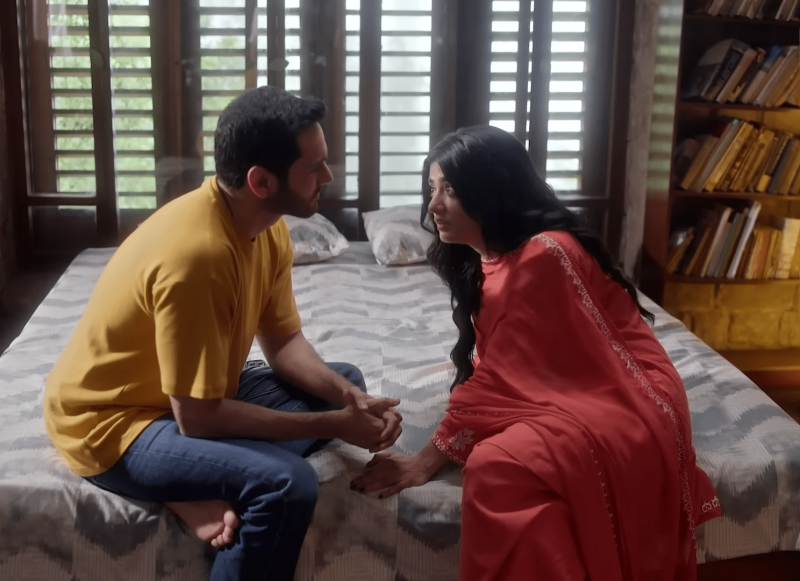
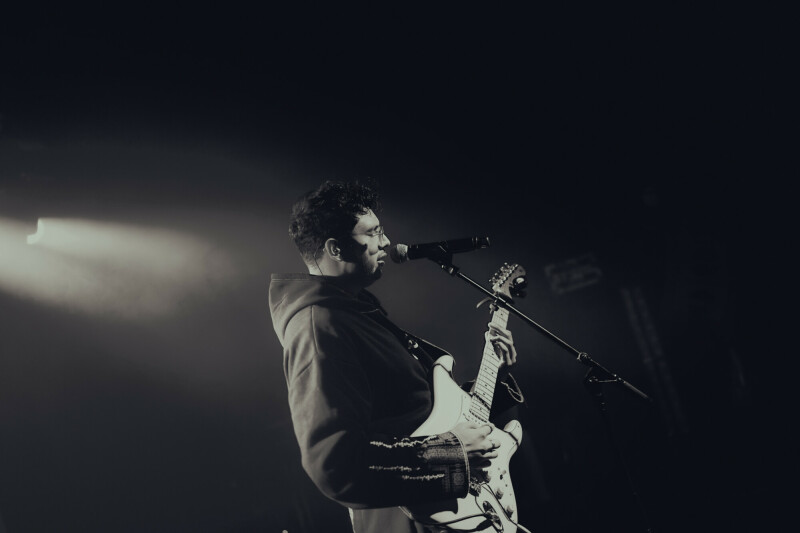
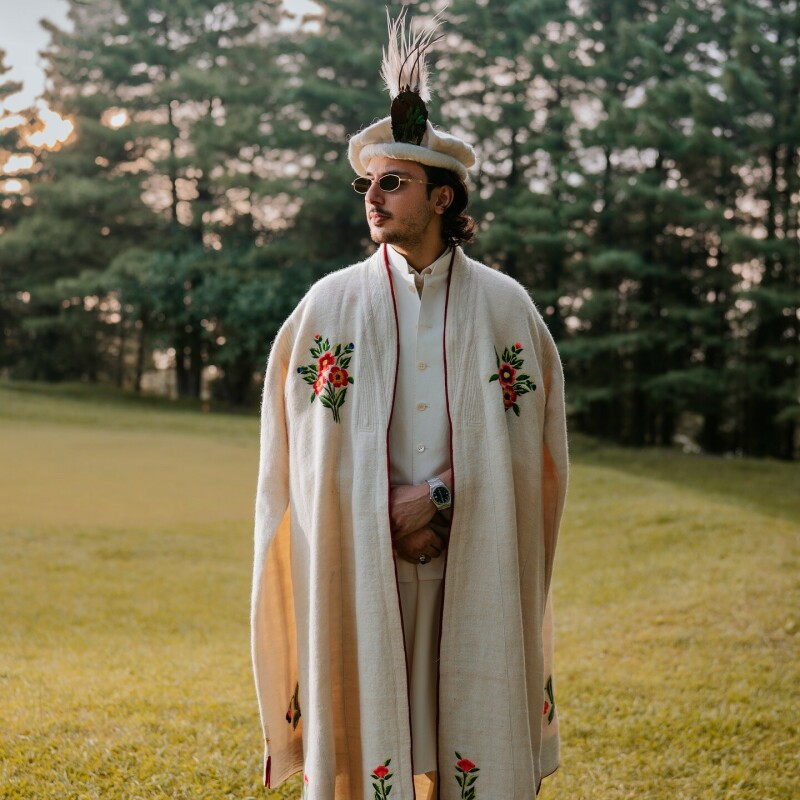
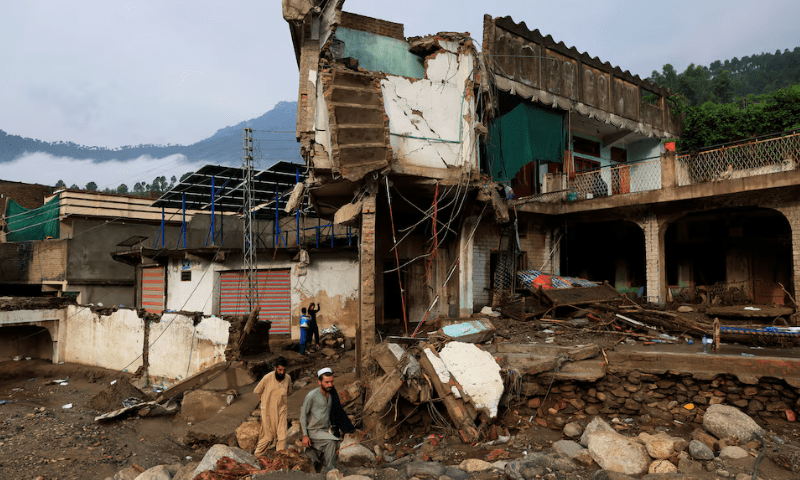
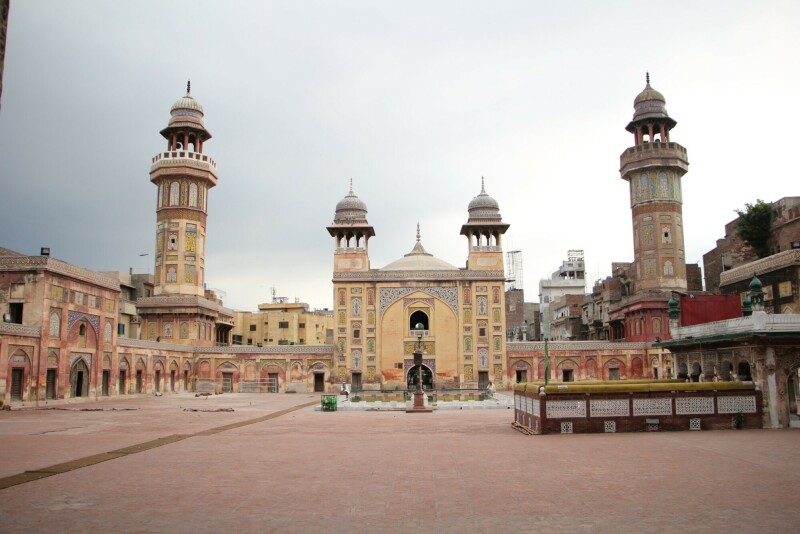
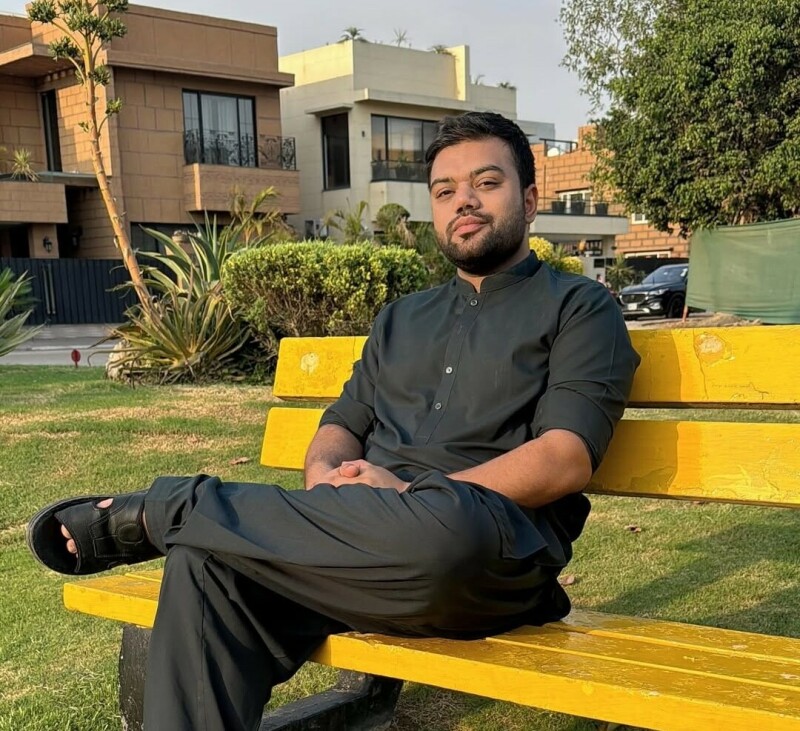
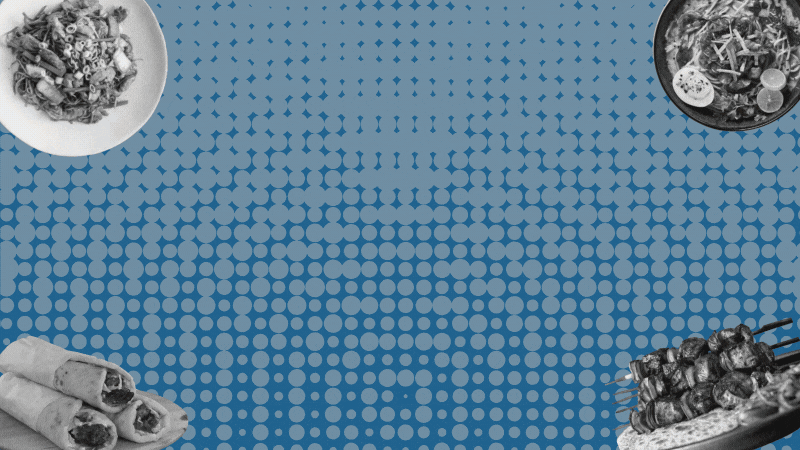
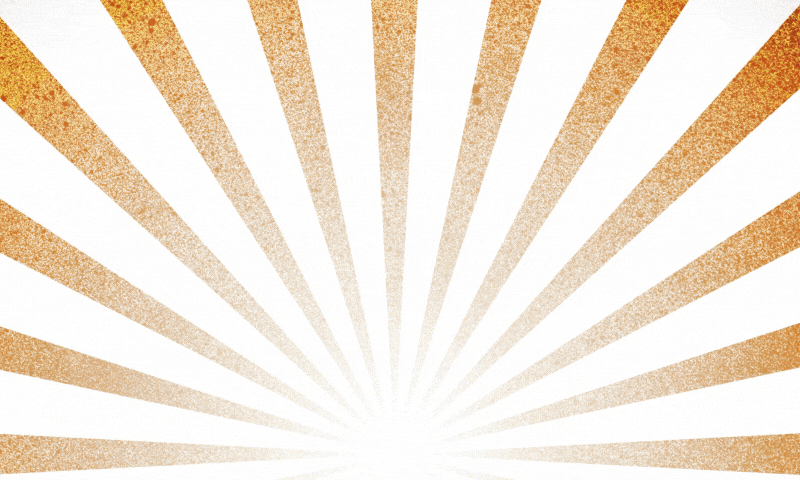
Comments